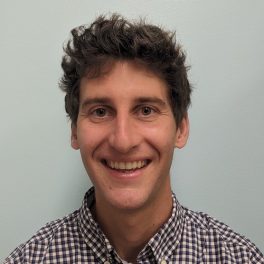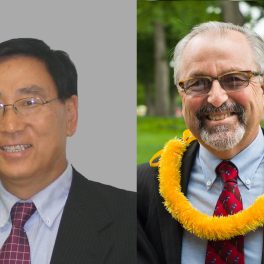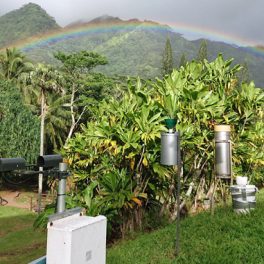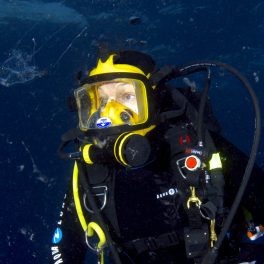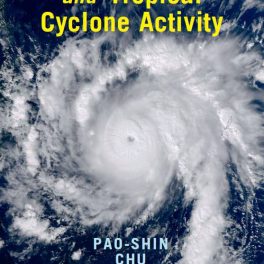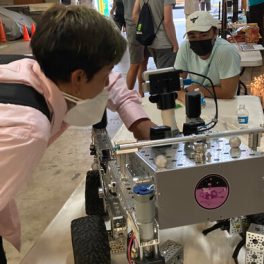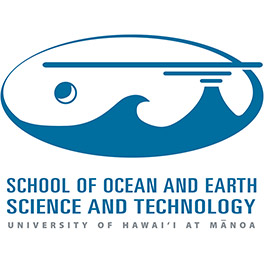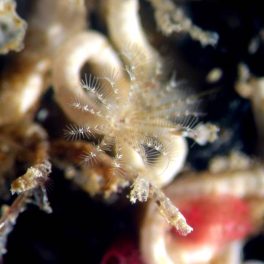This editorial by SOEST interim Dean Chip Fletcher was posted in The Hill on June 6, 2022.
Carbon dioxide, measured in Hawaii at the Mauna Loa observatory, reached 420 parts per million in May. This is a 50 percent increase above pre-industrial levels, the highest in human history — and the highest since the Pliocene Climatic Optimum over 4 million years ago. We should take note of conditions during the Pliocene: global temperatures averaged 7 degrees Fahrenheit higher (3.9 degrees Celsius) than pre-industrial times and sea level was dozens of feet above present.
But the drive to renewable energy is solving this problem — right? Not yet.
Pledges made by countries to limit emissions over the long term could keep warming to less than 3.6 degrees Fahrenheit (2 degrees Celsius) above pre-industrial temperatures. This is good news, and coupled with analysis that in 2021 wind and solar generated over 10 percent of global electricity (for the first time), is cause for optimism. However, since we began measuring carbon dioxide 60 years ago, the annual growth rate has more than doubled, fossil fuels still account for more than 80 percent of global energy production. Meanwhile, current energy policies (on-the-ground government commitments) put us on track to warm more than 4.5 degrees Fahrenheit (around 2.6 degrees Celsius, with a range of 2 degrees Celsius to 3.7 degrees Celsius) before the end of this century. This is a level of severe and dangerous global heating that can only be avoided with a massive rollout of carbon dioxide removal technology and large-scale reforestation that is nowhere in evidence today.
Additionally, these projections do not account for greenhouse gas under-reporting (by 23 percent), growing instability of carbon storage by tropical forests and Arctic tundra and the approaching specter of a temperature tipping point to land-based photosynthesis. Evidence shows that 83 percent of forest carbon loss results from agriculture, suggesting that strategies to reduce forest loss are not successful, and that amplified carbon losses from deforestation are undercounted in Earth system models.
With warming of 5.4 degrees Fahrenheit (3 degrees Celsius), well within the range of current policies, models project that potentially one-third of humanity could be displaced by unlivable conditions. According to the Sixth Assessment Report of the Intergovernmental Panel on Climate Change (IPCC), even under current levels of warming 3.5 billion people are highly vulnerable to climate impacts and half the world’s population suffers severe water shortages at some point each year.
Today, one in three people are exposed to deadly heat stress (projected to increase to 50 to 75 percent by the end of the century), serious flooding threatens an additional 500,000 people, and up to 1 billion people living on coasts will be exposed to sea level rise-related flooding by 2050. The changing climate drives the spread of diseases in people, crops, livestock and wildlife. Even if warming is held below 2.9 degrees Fahrenheit (1.6 degrees Celsius) by 2100, 8 percent of today’s farmland will be unfit for food production. By 2050, declining food production and nutrient losses are projected to cause severe stunting affecting 1 million children in Africa alone, and 183 million additional people to go hungry.
Avoiding a hot and diseased future characterized by poverty, misery and famine requires strong and sustained action on multiple fronts. Limiting warming to around 2.7 degrees Fahrenheit (1.5 degrees Celsius) requires that greenhouse gas emissions peak before 2025, and are reduced 43 percent by 2030. Major transitions in the energy sector, already underway, must dramatically accelerate in only a few years. Fossil fuel use must be rapidly reduced with an eye to total elimination by mid-century. Safeguarding and strengthening nature is critical to securing a livable future. Today, roughly 17 percent of land and inland waters, and 10 percent of oceans are in protected status. A resilient natural world requires setting into conservation 30 to 50 percent of Earth’s land, freshwater and oceans. Adapting to the climate crisis means that developed nations in North America, Europe and elsewhere must invest in under-developed communities and resolve inequities based on gender, ethnicity, location and income.
The science is clear, the solutions exist, the future of the human community on Earth is embedded in the decisions we make today.
–Chip Fletcher is the author of “Climate Change: What the Science Tells Us,” 2nd Edition, a textbook on climate change published by Wiley.





